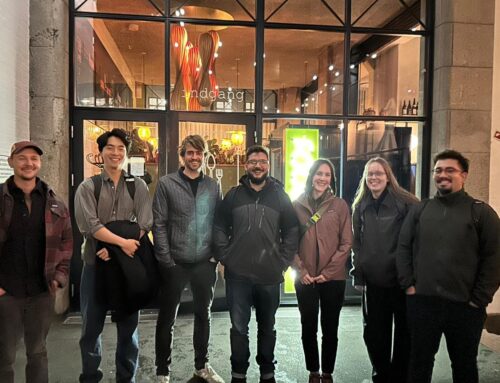Although the nervous system is elegantly orchestrating movements, the underlying neural principles remain unknown. Since flexor- and extensor-muscles alternate during movements like walking, it is often assumed that the responsible neural circuitry is similarly alternating in opposition. Here, we present ensemble-recordings of neurons in the turtle lumbar spinal cord that indicate that, rather than alternation, the population is performing a “rotation” in neural space, i.e. the neural activity is cycling through all phases continuously during the rhythmic behavior. The radius of rotation correlates with the intended muscle force. Since existing models of spinal motor control offer inadequate explanation of this dynamics, we propose a new theory of neural generation of movement from which rotation and other unresolved issues, such as speed regulation, force control, and multi-functionalism, are conveniently explained.
Henrik Linden, Peter C. Petersen, Mikkel Vestergaard, Rune W Berg. “Movement is governed by rotational population dynamics in spinal motor networks”. bioRxiv, Submitted, September 2021. [pdf] [link]





